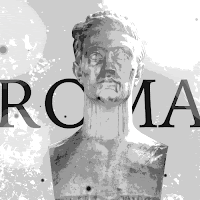Castle was a place where we had a salesmeeting in the 70 years inlast century. a super 8 film. Nideggen is a town in the district of Düren in the state of North Rhine-Westphalia,
Nideggen is known for its ruined, but partly restored castle (Burg Nideggen) and the sandstone rocks along the Rur.
The town was created in 1972 by amalgamation of eight until then independent communities. Nideggen lies on the river Rur and at the banks of the Rurtalsperre, the second largest dam in Germany. The region is famous for its precipitous Early Triassic rocks of Buntsandstein in the valley of Rur and is situated between 250 and 450 metres over sea level.

















































